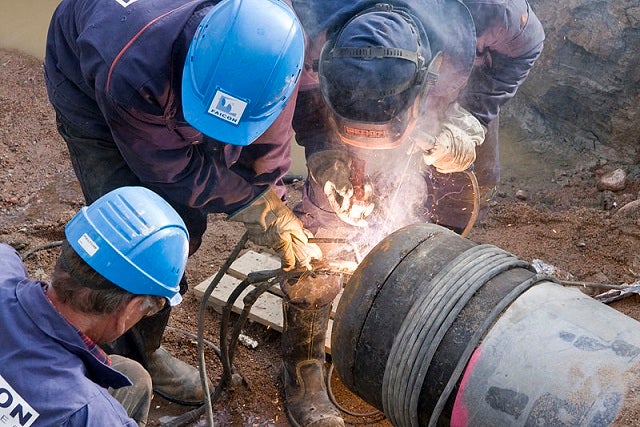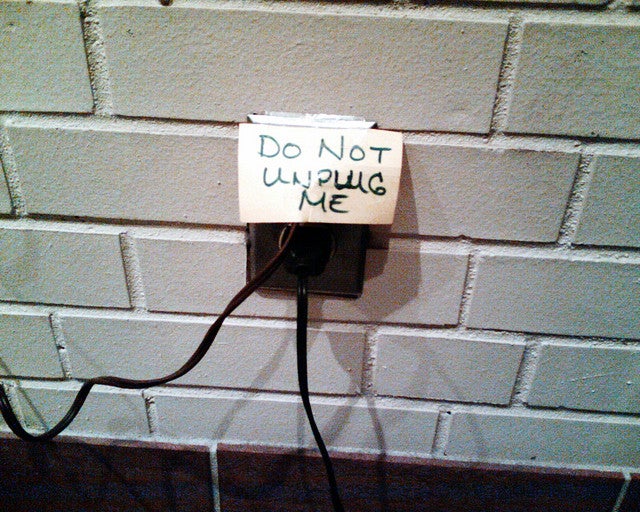America’s electric grid has not been updated since World War II when telephones, dishwashers, and air conditioning were the cutting-edge technology innovations of the century.
Today, this same grid is struggling to cope with the technological advances of the last decade, a reality that hit home for New Yorkers in the wake of Superstorm Sandy when millions of people lost power for days and even weeks.
But New York is taking steps to change this. A proposal to overhaul the state’s utility business model could dramatically change how people interact with their power company.
It could bring in innovative technology to help homes and businesses better manage their own energy needs, while at the same time reduce carbon emissions – changes that would have national implications. Read More





